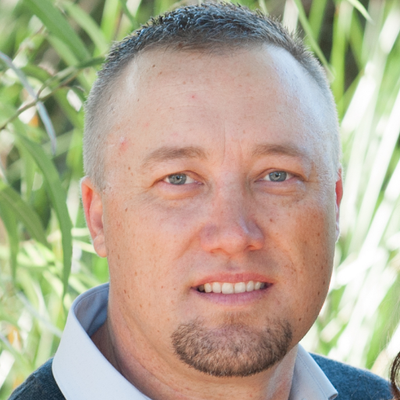Estimating Forage Utilization with Drone-Based Photogrammetric Point Clouds
Published in Rangeland Ecology & Management, 2019
10.1016/j.rama.2019.02.009
Recommended citation: Gillan, J.K., M.P. McClaran, T.L. Swetnam, P. Heilman, Estimating Forage Utilization with Drone-Based Photogrammetric Point Clouds, Rangeland Ecology & Management,2019, https://doi.org/10.1016/j.rama.2019.02.009. https://doi.org/10.1016/j.rama.2019.02.009
